Winter Vs Summer Pruning; what’s the difference?
 Lee Burkhill: Award Winning Designer & BBC 1's Garden Rescue Presenters Official Blog
Lee Burkhill: Award Winning Designer & BBC 1's Garden Rescue Presenters Official Blog

We seem to have a bit of an issue with pruning as gardeners. I remember when I first started gardening, the thought of cutting off parts of the plants I'd spent ages nurturing felt horrific. I let them grow however and wherever they wanted. Just grateful they were growing. However, this laissez-faire approach always ends up with a tangled mess or shrubs that you're not quite happy with.
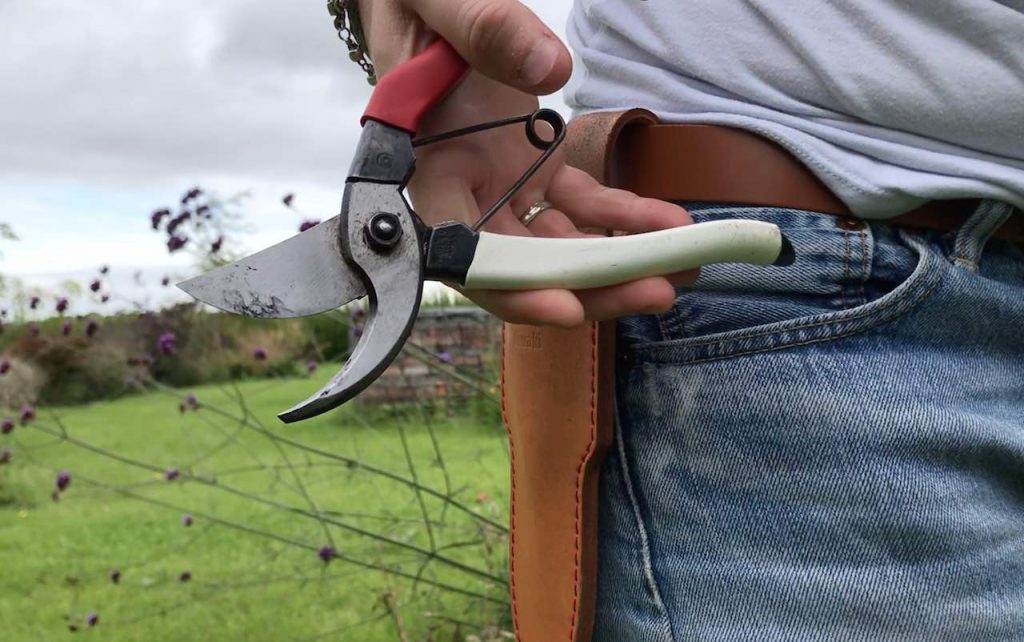
I'm a total pruning convert and now look forward to needing to prune a plant, tree or shrub. Whether it's a quick summer maintenance prune or a winter hard prune, I relish the thought of helping Mother Nature out and keeping my garden in its most productive form. I'm going to show you why you need to start pruning with vigour and the right time of year to prune pretty much anything. (If you've not already watched my pruning guide check that out here to show you in 60 seconds the correct way to prune.)
Did you know that you can take my course and learn how to become a Garden Ninja yourself? Click here for details
Winter pruning takes place during the dormant period of the year when the leaves have fallen, and growth has slowed right down. The sap in trees has retreated back down the plant and the chances of plants wilting, becoming stressed or needing triage is low.
As deciduous trees and shrubs have now lost their leaves, it's an excellent time to see their true skeleton form. This means you can see exactly where the offending or unruly branches are that need taming or removing. There's far less guesswork with winter pruning, no battling with fruits or leaves. You can stand back, review the tree or shrub, and then take out or reduce the areas clearly.
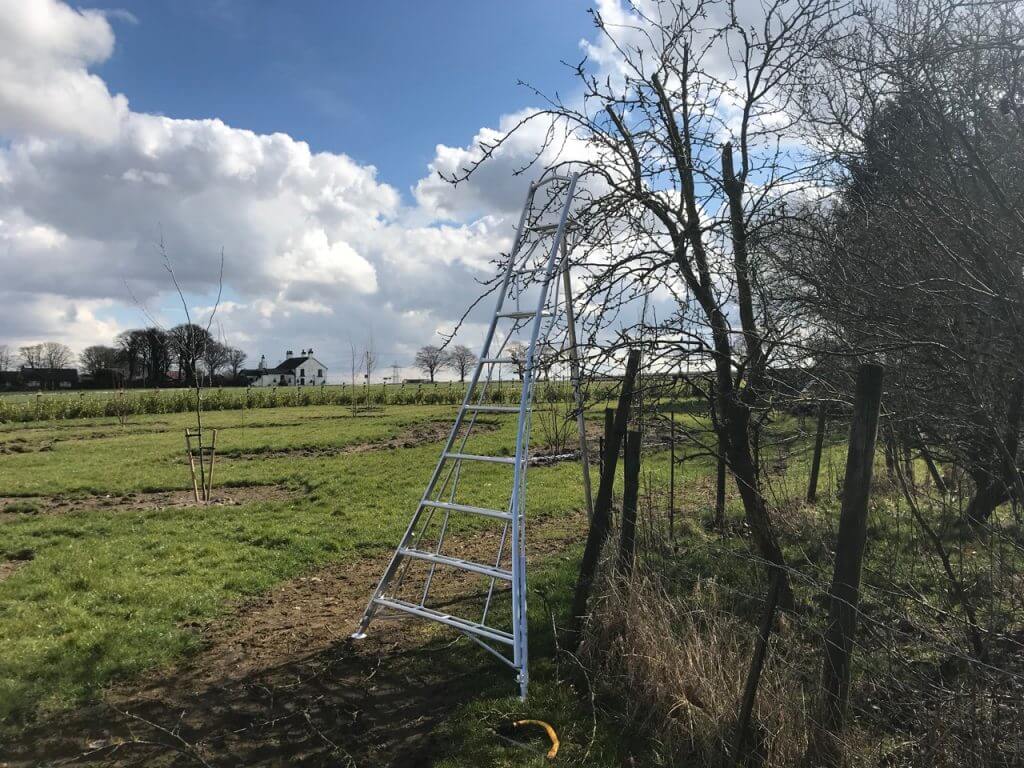
There is a common misconception with winter pruning that is it to reduce the size of the tree or shrub. Whilst this is true to a degree, ie you're removing a part or sections of the plant, you're actually invigorating growth to start come spring.
Winter pruning will send all the hormones and auxins (growth juice hormone) back down to the next set of buds from where you have cut. This is because plants have apical dominance where they focus their growth on the main stem of the plant which in turn leads to increased growth upwards towards the top of the plant. Survival of the tallest I suppose!
When we prune plants back, we divert this dominance temporarily back to another part of the plant until another apical bud is formed as the leader. Usually, this diversion takes the form of increased lateral (horizontal) growth further down the plant. This is why some plants 'bush out' after pruning. So if you remove a whole branch on an Apple tree then the other branches lower down will be urged by the tree to use this diverted energy.
Conifers, for example, have a very strong apical dominance. Ie an erect main stem with side growth being more passive. ie if you try and take cuttings they usually fail to grow into like for like specimens. Whereas weeping forms of trees usually have weak apical dominance.
If you prune in winter, get ready for increased spring growth.
So when we prune in winter, we are signalling to the tree or shrub to send energy elsewhere, which then results in a boost of foliage growth come the following year. Sometimes this will be in lieu of fruits as the plant only has so much energy to use in either growth or fruiting.

If a tree is growing too tall and its branches are long and unproductive, i.e., lacking flowers or fruits, then winter pruning can help concentrate their efforts back down the tree. Snipping back some growth in branches or reducing the leader stem will help the remaining tree or shrub bush out.
Summer pruning is a different beast altogether as your trees or shrubs are usually in full growth and maybe in flower or fruit. Pruning in summer of trees and shrubs is usually done to promote fruiting or flowering in this and the following year.
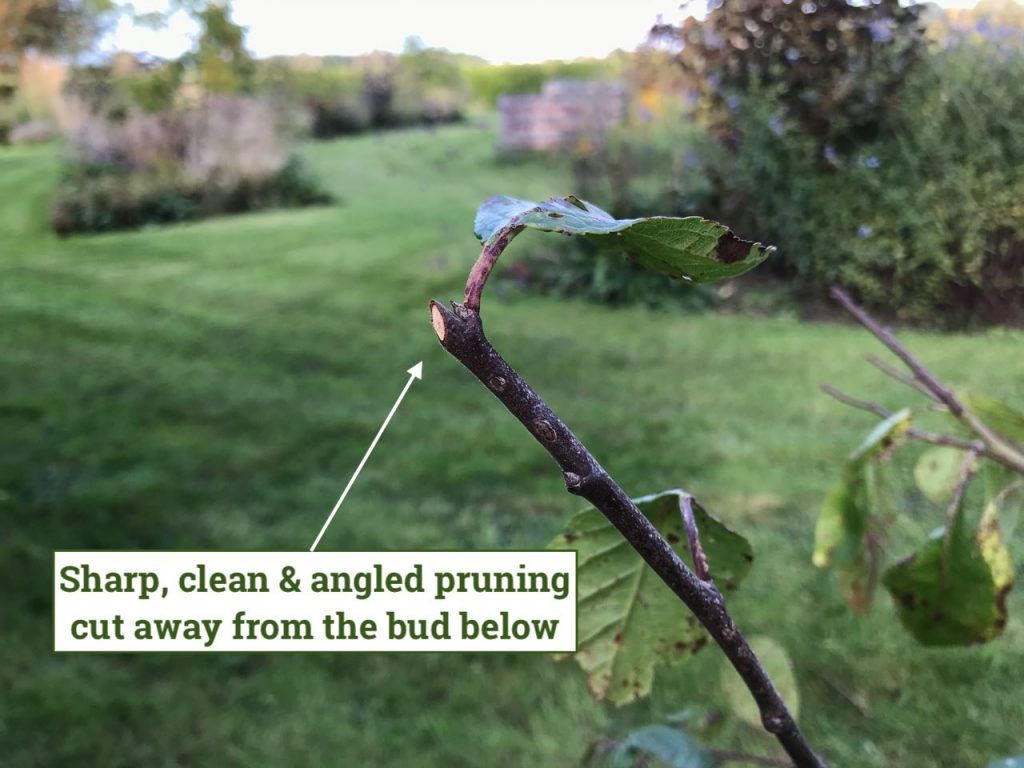
If we take the example of an apple tree in Summer, it hopefully will have fruit on it if its been pollinated. However, sometimes the branches may be overburdened with fruit, which can lead to the branches snapping or fruits getting spoiled by pests or damage.
Summer pruning will remove a portion of these fruits and also take the branch back to a spur or set of buds to help focus the energy next year on those fruiting buds. It also preserves the fruit of this year, helping them grow larger as energy isn't sent into more foliage or fruits. You're restricting the growth to divert the energy into fruit or flowers.
Summer pruning is also really useful to keep an eye on growth. If something is growing the wrong way or then a summer prune can help reduce the size of your trees or shrubs. Certain trees benefit more from summer rather than winter pruning such as Plum trees or the Prunus family ie Cherry trees and such. This is because they are susceptible to silver leaf disease if pruned in winter from Sept to May. Prune this in mid-summer on an overcast day if possible.
Summer pruning in this fashion restricts growth and fruiting. So if you want to reduce a tree or shrubs overall vigour then summer pruning is best.
This is where most people are tentative with pruning. They see fruits or lots of potential flowers and prefer to leave their plants to do their thing. However, you can end up doing more harm than good or sacrificing really good fruits and flowers for a poor show. It's quality, not quantity, remember!
With summer pruning, you're politely saying to a plant, 'Right, that's enough growth. Thank you, let's focus on what we've got here, please'.
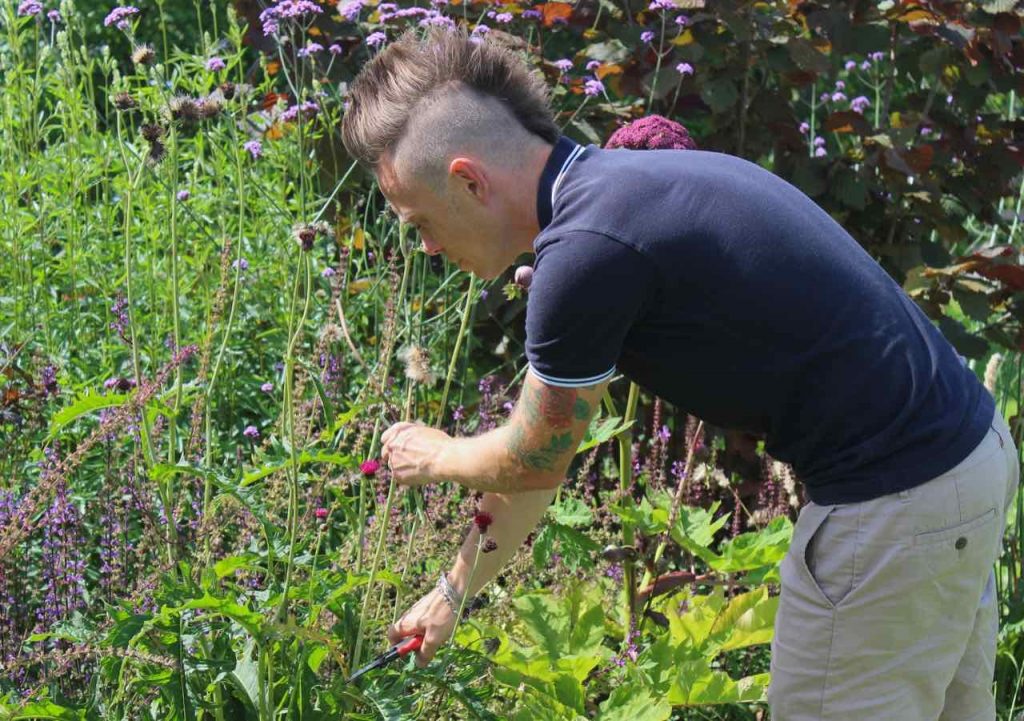
There are a few do's and don'ts when pruning to help you avoid issues like disease or plant stress.
Pruning really will help you get the most out of your plants and garden designs. By giving trees and shrubs a helping hand in winter or summer you can create a really productive and beautiful specimen. Woody prunings also make great kindling for log burners and fires. So make sure you leave them somewhere dry for 3 months or so and you can fully recycle your clippings!
If you have questions or pruning comments why not let me know below? You can Tweet, Facebook or Instagram me. You can also follow me on Youtube where I’ve got plenty of garden guide vlogs!
Happy Pruning!



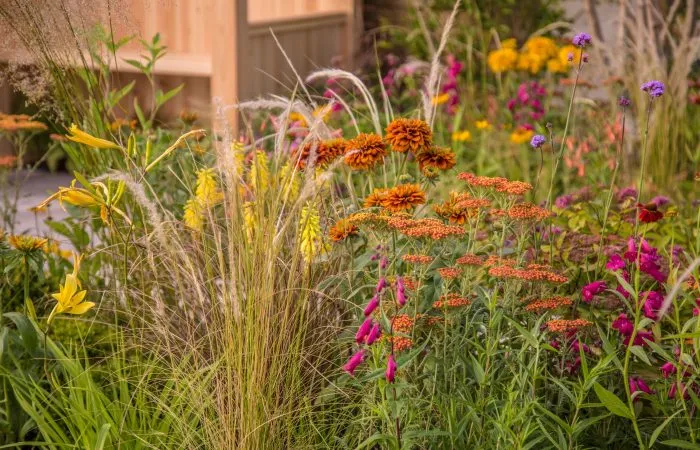
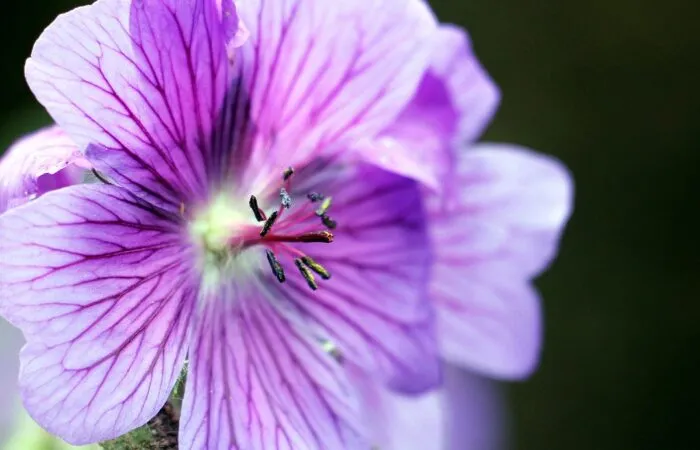
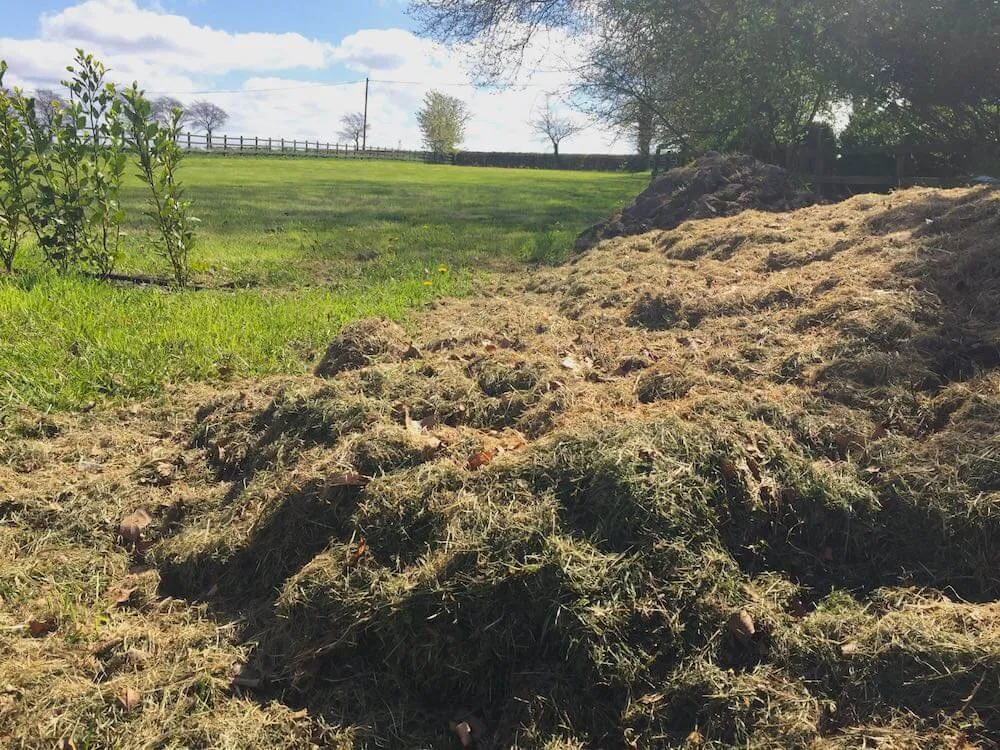
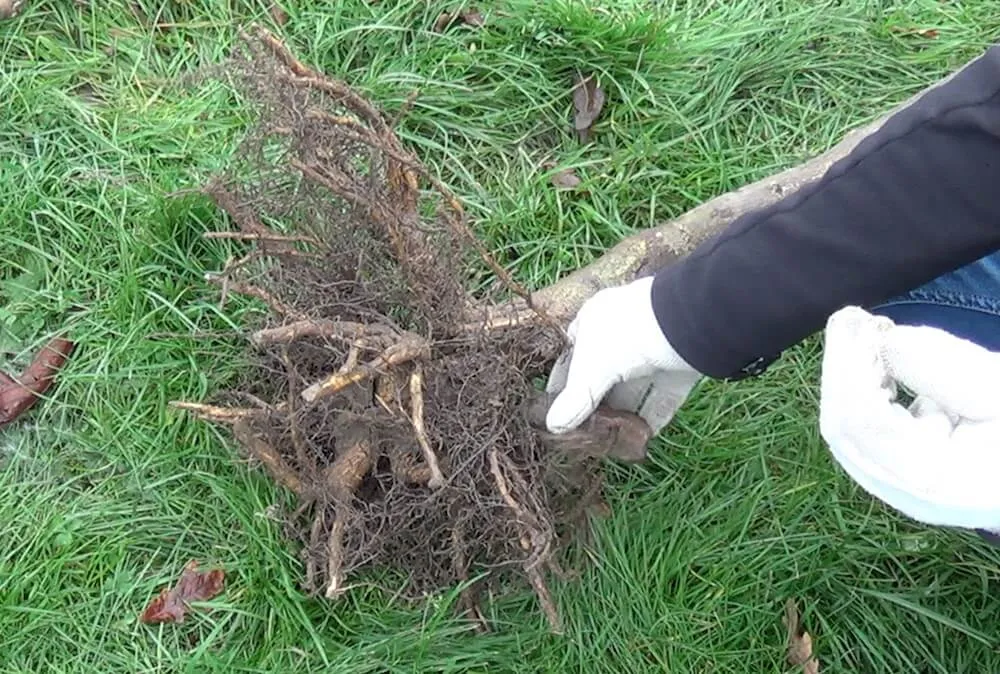
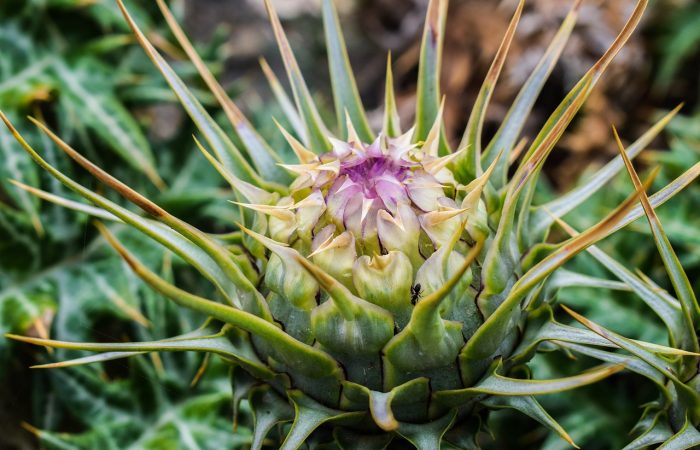


JOIN THE NINJAS
Join our Ninja community for extra guides & Discount Codes for Online Garden Courses!
Thank you for giving me the best ideas when it is the best time to prune a plant.